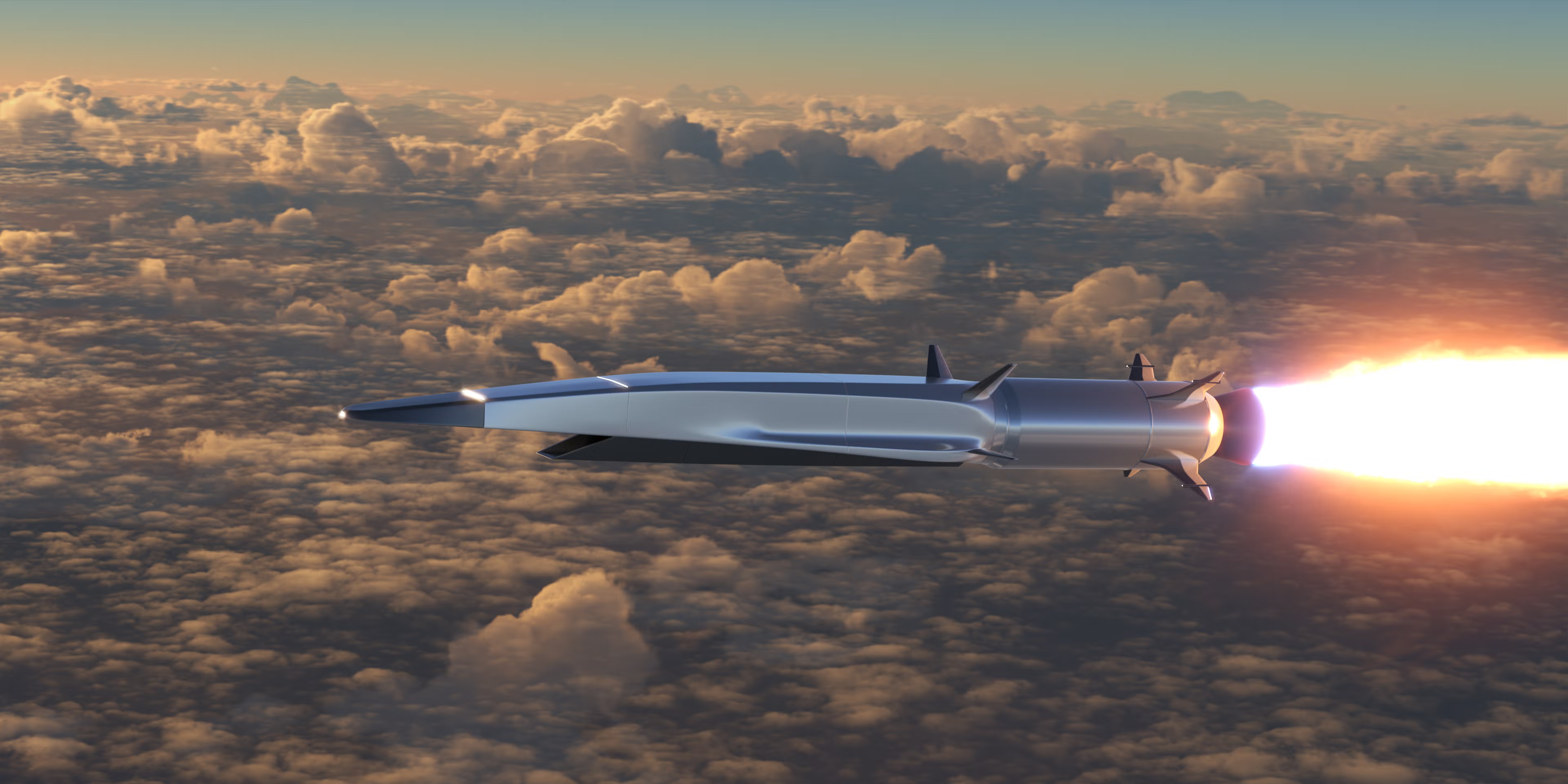In response to China’s rapidly advancing missile technology, particularly the deployment of hypersonic weapons, the U.S. Navy is planning to install Patriot Advanced Capability-3 Missile Segment Enhancement (PAC-3 MSE) interceptors on select vessels. These agile missiles, currently used by the U.S. Army for land-based air defense, could provide an additional layer of protection for Navy ships facing China’s maneuverable anti-ship ballistic missiles in the Indo-Pacific region, according to senior defense officials.
Adapting Navy Defenses
As China tests advanced missiles like the DF-27, which employs hypersonic glide vehicles to evade detection and hit moving targets, the Navy sees the Patriot missiles as a necessary addition. The PAC-3’s “hit-to-kill” technology allows for precise strikes on incoming threats, enhancing Navy ships’ current anti-missile systems. Compared to the Navy’s SM-6 missiles, the PAC-3 is smaller, more agile, and less costly, making it a potentially ideal interceptor for fast-moving, unpredictable ballistic missiles. This comes as Lockheed Martin seeks U.S. Army approval to increase PAC-3 production and establish a new seeker production line in Florida.
Growing Threat of Chinese Missiles
China’s missile arsenal includes the DF-21D “carrier killer,” the intermediate-range DF-26 with anti-ship warheads, and the new DF-27, which is capable of long-range strikes. This arsenal underscores the need for reliable countermeasures as the Indo-Pacific’s security landscape evolves. The PAC-3 interceptors, proven effective against advanced threats in Ukraine and the Middle East, are now being considered for deployment at sea to bolster U.S. defense capabilities.

















